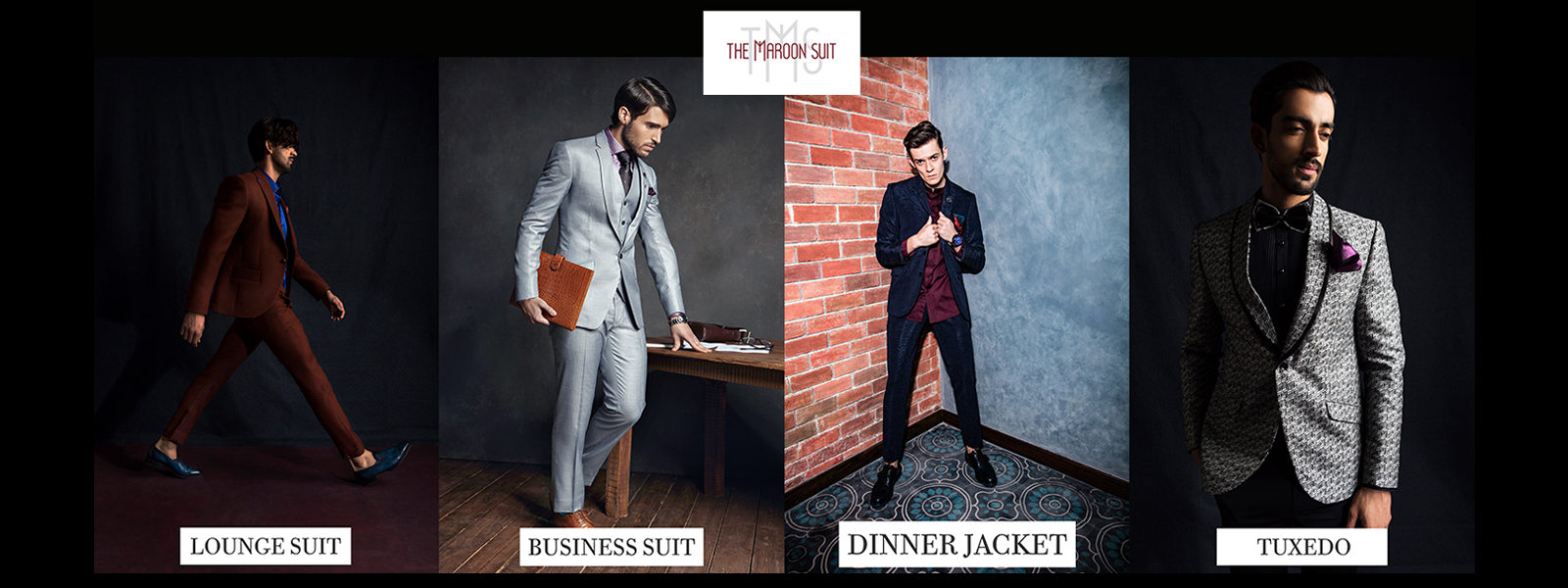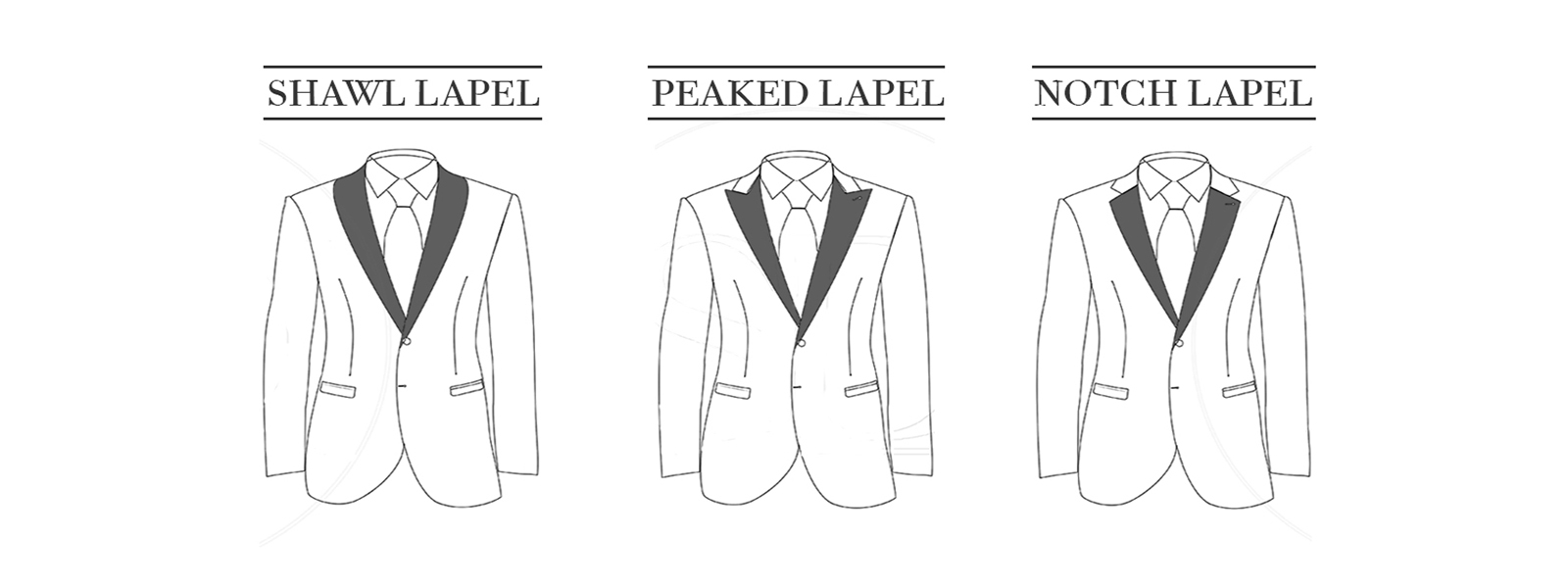 “The Lapels on a tuxedo should be peaked and the left lapel should have a working buttonhole so that a boutonnière may be worn.” Did you just think, say what? As exciting as purchasing a new suit could be, most of us “pretend” to nod our heads to understanding these terms.
As tough as these words sound are, a significant part of what makes a suit look good on a man are these very “confusing” terms and hence, you must know them. So, here’s our comprehensive crash course to get you acquainted with four basic but important parts of a suit.
Parts Lapel (Pronounced as Laa-Pel)
Referring to the two flaps that are on each side of the jacket of a suit, a Lapel is right below the collar that is folded back on either side of the front opening. There are three main types of suit lapels: notched, peaked and shawl. Sleeve Buttons: Functional or not, the sleeve add intricate detailing to the suit jackets.
“The Lapels on a tuxedo should be peaked and the left lapel should have a working buttonhole so that a boutonnière may be worn.” Did you just think, say what? As exciting as purchasing a new suit could be, most of us “pretend” to nod our heads to understanding these terms.
As tough as these words sound are, a significant part of what makes a suit look good on a man are these very “confusing” terms and hence, you must know them. So, here’s our comprehensive crash course to get you acquainted with four basic but important parts of a suit.
Parts Lapel (Pronounced as Laa-Pel)
Referring to the two flaps that are on each side of the jacket of a suit, a Lapel is right below the collar that is folded back on either side of the front opening. There are three main types of suit lapels: notched, peaked and shawl. Sleeve Buttons: Functional or not, the sleeve add intricate detailing to the suit jackets. 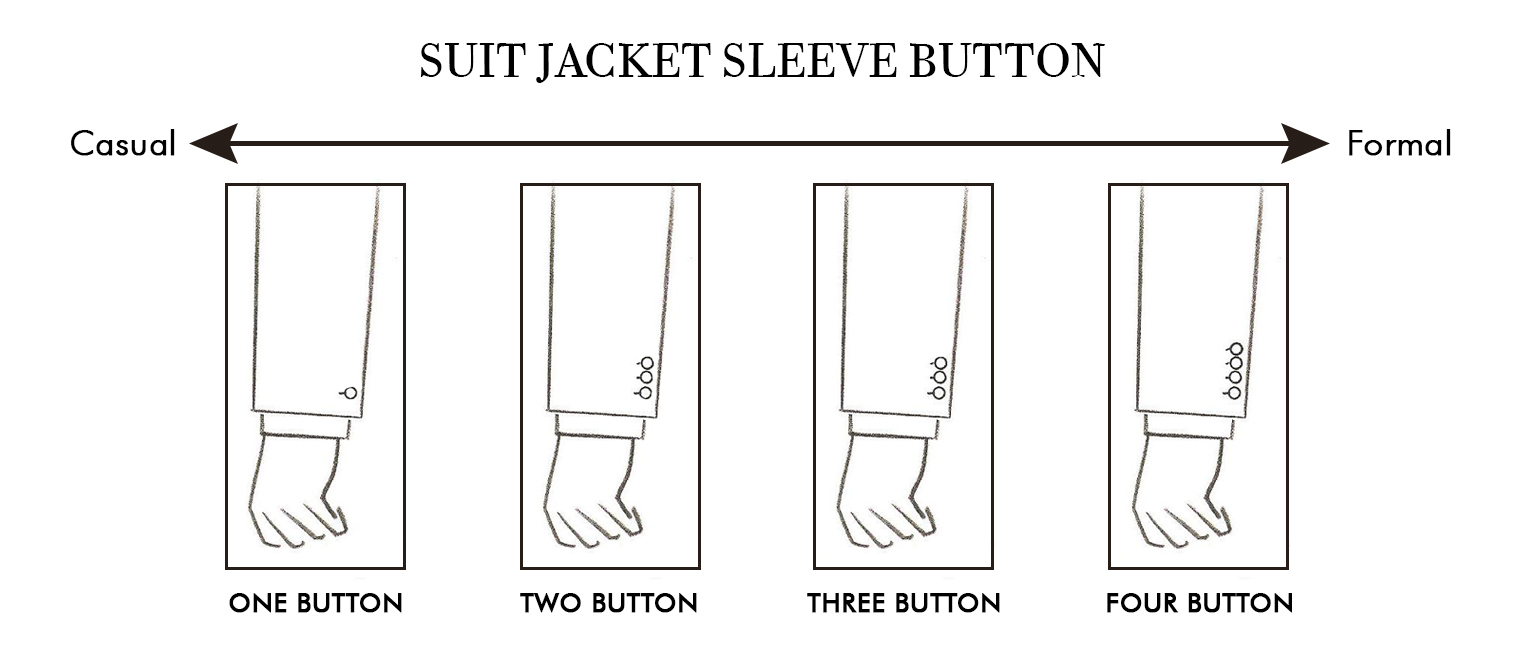 Pocket:Formally known as the jacket breast pocket, a pocket is on the left side of the chest.
• Types of Pocket • The flap pocket adds girth on the hip, while the slit pocket gives a slimmer look.
• The jetted pocket is on the dressier side and is thus found on the tuxedo.
Pocket:Formally known as the jacket breast pocket, a pocket is on the left side of the chest.
• Types of Pocket • The flap pocket adds girth on the hip, while the slit pocket gives a slimmer look.
• The jetted pocket is on the dressier side and is thus found on the tuxedo. 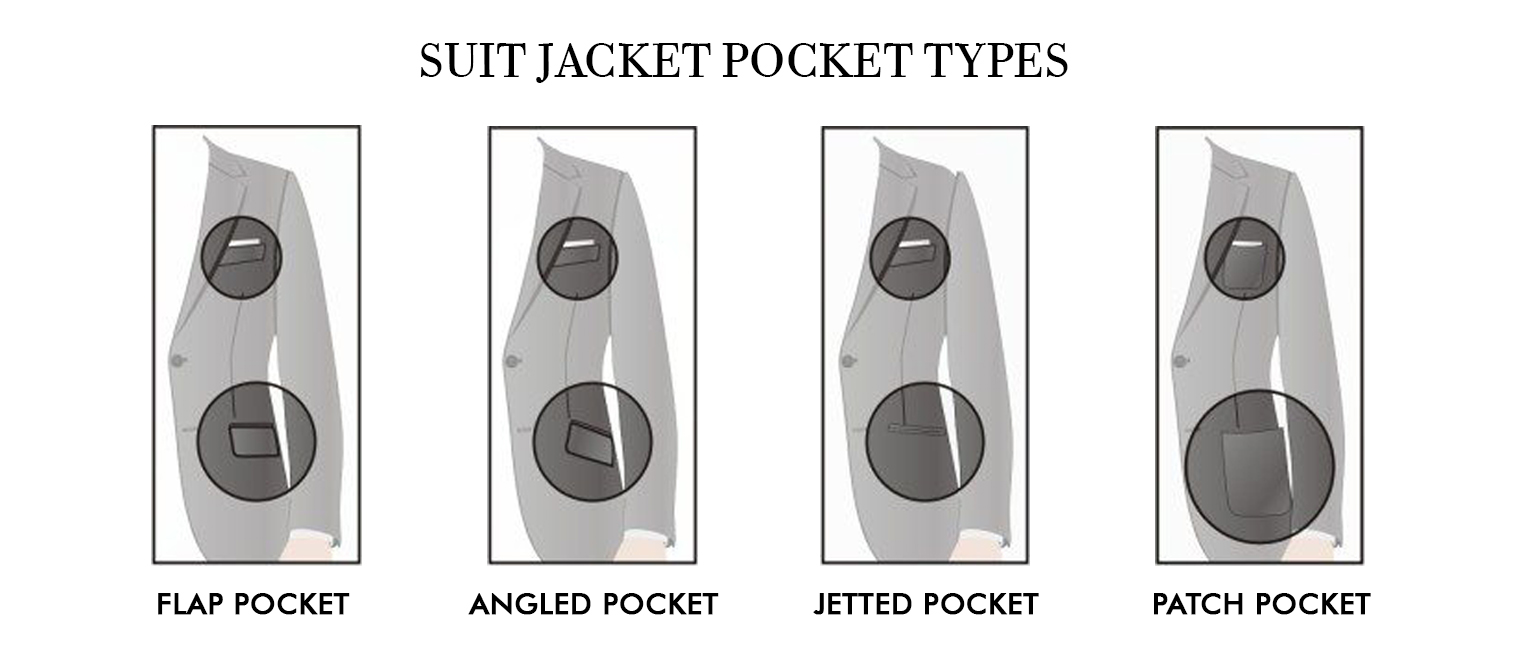 • Side Suit Vents: Suit jackets may or may not have a vent or slit in the lower back portion. The three options for vents in a suit jacket are:
• No Vent – This style is more fitted. However, as a con when you put your hands in your pockets or sit down – the jacket creases and bunches up in the back.
• Single Vent – These openings are to give a man room for flexibility and extra mobility- to freely move.
• Side Suit Vents: Suit jackets may or may not have a vent or slit in the lower back portion. The three options for vents in a suit jacket are:
• No Vent – This style is more fitted. However, as a con when you put your hands in your pockets or sit down – the jacket creases and bunches up in the back.
• Single Vent – These openings are to give a man room for flexibility and extra mobility- to freely move. 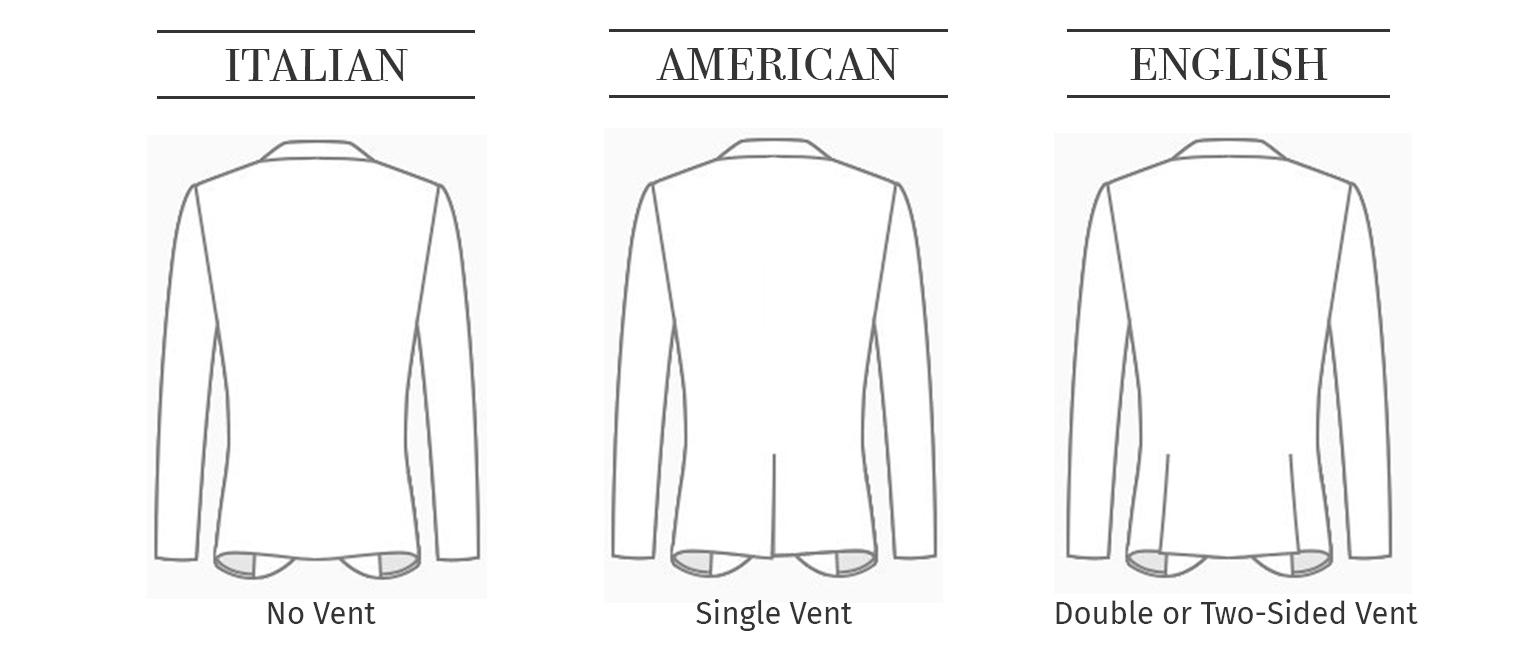 • Double or Two-Sided Vent – Allows for more fluid movement. The flap comes up when you sit or put your hands in your pockets – preventing the jacket from creasing and keeps the backside covered. Here’s hoping these blogs will help you enjoy the functionality of these parts to the best of your advantage
• Double or Two-Sided Vent – Allows for more fluid movement. The flap comes up when you sit or put your hands in your pockets – preventing the jacket from creasing and keeps the backside covered. Here’s hoping these blogs will help you enjoy the functionality of these parts to the best of your advantage Love & Style
Regards
Chandan Gandhi
Founder/Owner- TMS The Maroon Suit


